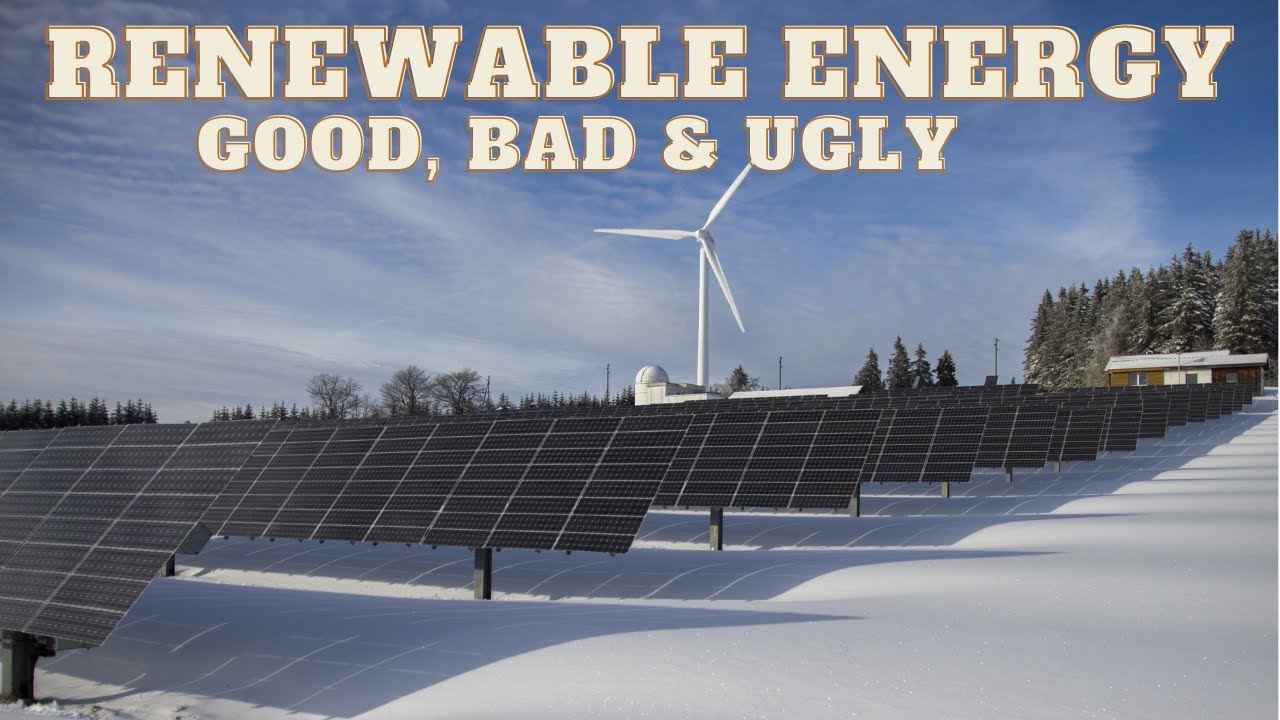
Introduction to Sustainable Solutions
In recent years, the concept of sustainability has gained significant traction across various sectors. As the world faces pressing challenges such as climate change, resource depletion, and pollution, finding sustainable solutions has become paramount. This comprehensive guide will delve into various aspects of sustainable solutions, particularly focusing on renewable energy, its pros and cons, and how individuals and businesses can adopt these practices for a greener future.
Understanding Sustainability
Sustainability refers to the ability to meet the needs of the present without compromising the ability of future generations to meet their own needs. It encompasses a range of practices that promote environmental health, economic viability, and social equity. The following are key principles of sustainability:
- Environmental Protection: Safeguarding ecosystems and natural resources.
- Economic Development: Promoting economic growth that is inclusive and sustainable.
- Social Equity: Ensuring fairness and justice in resource distribution and access.
Renewable Energy: An Overview
Renewable energy comes from sources that are naturally replenished, such as solar, wind, hydropower, biomass, and geothermal energy. The shift from fossil fuels to renewable energy sources is crucial in combating climate change and promoting sustainability. Below are some key types of renewable energy:
Solar Energy
Solar energy harnesses sunlight to generate electricity or heat. It is one of the most abundant energy sources available. Solar panels can be installed on rooftops or in solar farms.
- Pros:
- Reduces electricity bills.
- Low maintenance costs.
- Environmentally friendly, as it produces no emissions.
- Cons:
- High initial installation costs.
- Weather dependent; efficiency can decrease on cloudy days.
- Requires space for installation.
Wind Energy
Wind energy is generated by converting the kinetic energy of wind into mechanical power. Wind turbines are commonly used for this purpose.
- Pros:
- Clean and renewable source of energy.
- Can be installed on agricultural land, allowing dual use.
- Reduces reliance on fossil fuels.
- Cons:
- Visual and noise pollution concerns.
- Can be harmful to wildlife, particularly birds.
- Wind availability is inconsistent.
Hydropower
Hydropower utilizes the flow of water to generate electricity. It is one of the oldest and most widely used renewable energy sources.
- Pros:
- Reliable and consistent energy source.
- Can be used for flood control and irrigation.
- Low operational costs once established.
- Cons:
- Environmental impact on aquatic ecosystems.
- High initial construction costs.
- Dependence on water availability, which can be affected by drought.
Biomass Energy
Biomass energy is derived from organic materials such as plant and animal waste. It can be converted into biofuels, biogas, or used directly for heating.
- Pros:
- Utilizes waste materials, reducing landfill use.
- Can be stored and transported easily.
- Reduces dependence on fossil fuels.
- Cons:
- Can contribute to deforestation if not managed sustainably.
- Emissions from burning biomass can be harmful.
- Competition with food production for land use.
Geothermal Energy
Geothermal energy harnesses heat from beneath the Earth’s surface for electricity generation and direct heating applications.
- Pros:
- Stable and reliable energy source.
- Low emissions and minimal environmental impact.
- Available 24/7, unlike solar and wind.
- Cons:
- Geographically limited to areas with volcanic activity.
- High initial drilling and installation costs.
- Potential for induced seismicity.
Implementing Sustainable Solutions
Transitioning to renewable energy and other sustainable practices requires a collective effort from individuals, businesses, and governments. Below are some strategies for implementing sustainable solutions:
Individual Actions
Every individual can contribute to sustainability through conscious choices in daily life. Here are some actionable steps:
- Reduce Energy Consumption: Use energy-efficient appliances and switch off lights when not in use.
- Adopt Renewable Energy: Consider installing solar panels or choosing green energy providers.
- Minimize Waste: Practice recycling and composting, and avoid single-use plastics.
- Support Sustainable Products: Choose products that are ethically sourced and made from sustainable materials.
Business Practices
Businesses play a crucial role in the transition to sustainability. Here are some strategies for companies:
- Implement Energy Management Systems: Monitor and reduce energy consumption across operations.
- Invest in Renewable Energy: Transition to renewable energy sources for operations.
- Engage in Corporate Social Responsibility (CSR): Adopt sustainable practices and contribute to community development.
- Encourage Remote Work: Reduce carbon footprints by minimizing commuting.
Government Policies
Governments have the power to enact policies that promote sustainability on a larger scale. Some effective measures include:
- Subsidies for Renewable Energy: Provide financial incentives for businesses and individuals to adopt renewable energy technologies.
- Regulations on Emissions: Implement strict regulations on carbon emissions to encourage cleaner energy sources.
- Invest in Public Transport: Enhance public transportation systems to reduce reliance on personal vehicles.
- Support Research and Development: Fund initiatives focused on innovative sustainable technologies.
The Future of Sustainable Solutions
The future of sustainable solutions lies in innovation and collaboration. As technology advances, new methods of harnessing renewable energy will emerge. Here are some potential developments to watch for:
Advancements in Energy Storage
One of the biggest challenges facing renewable energy is energy storage. As the demand for renewable sources increases, advancements in battery technology and other storage solutions will be crucial for ensuring a stable energy supply.
Smart Grids and Energy Management
Smart grids will revolutionize the way energy is distributed and consumed. These systems will allow for real-time monitoring and management of energy resources, optimizing the use of renewable energy.
Innovative Transportation Solutions
The future of transportation will likely include electric vehicles (EVs), hydrogen fuel cells, and improved public transport systems. These innovations will help reduce greenhouse gas emissions and reliance on fossil fuels.
Conclusion
In conclusion, transitioning to sustainable solutions is essential for a healthy planet and future generations. By understanding the various forms of renewable energy and their respective advantages and disadvantages, individuals, businesses, and governments can make informed decisions that contribute to a more sustainable world. Through collective action and innovative thinking, we can pave the way for a greener future.

